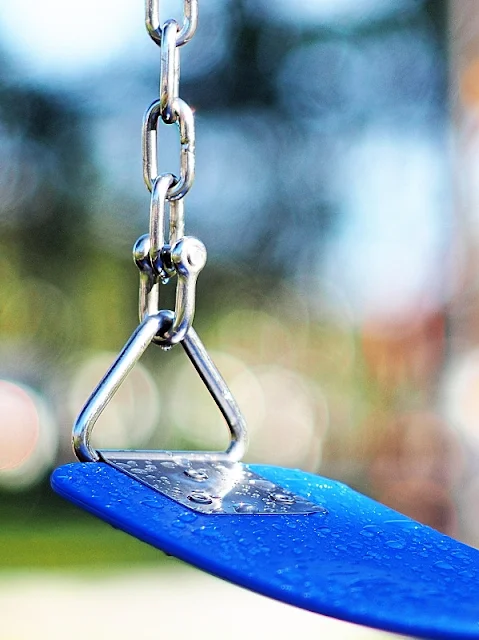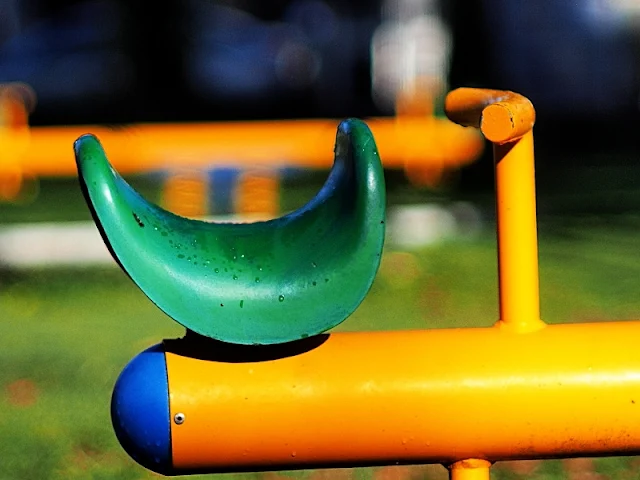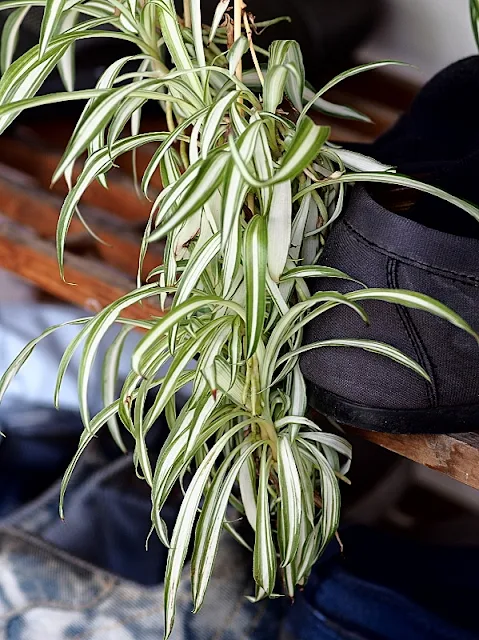A look back at one of the walkabouts I took in the city with the Canon Autoboy 3 (Canon Top Shot in Europe) before the COVID-19 pandemic constraints set in. The camera, one of the more successful 35mm AF film cameras of the 1980s, had advanced features packed into a very ergonomic package, won many awards including the Good Design Award from the Ministry of International Trade and Industry of Japan, and was selected as the European Camera of the Year (1986).
The camera has 4 elements in 4 groups Canon 38mm F2.8 lenses with spectra coating, a programmed electromagnetic shutter with a shutter/aperture range from 1/8 second at F2.8 to 1/500 second at F16, and a DX-coded sensor that will set film speed automatically to ISO 50, 100, 200, 400, 800, or 1600. Active autofocusing is by a triangulation system with a near-infrared beam. A tilting foot on the bottom of the camera allows the camera to be placed on a flat surface while shooting upwards at an angle.
Though nice and enjoyable in every other way, the Canon Autoboy 3, however, does have a couple of quirks that might irk the user. First is the screwed-down battery compartment, which requires the use of a mini-screwdriver to replace the 2CR5 battery pack it uses. The other is the tiny rubber flash disable button located on the bottom of the camera that must be held down for use, a feat quite difficult to do quickly.





















